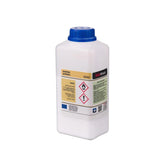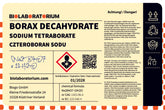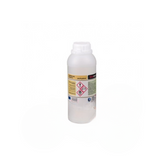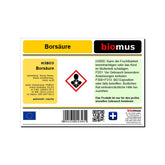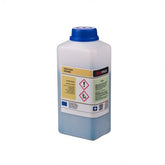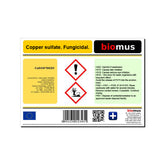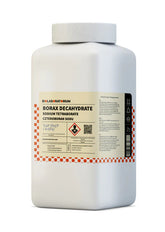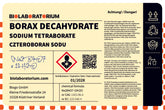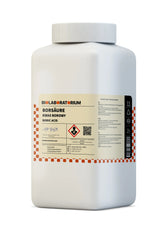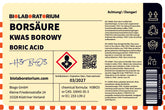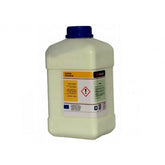DMSO as a solvent: Important properties and applications
DMSO, short for dimethyl sulfoxide, is a versatile solvent with a wide range of applications in industry and medicine. In this blog post, we will take a closer look at the key properties and uses of DMSO.
What is DMSO?
DMSO is a colorless, oily liquid that is liquid at room temperature. It is a polar aprotic solvent that is easily miscible with water, alcohols, and other organic solvents. DMSO was first synthesized in 1866 by the Russian chemist Alexander Saytzeff and has since had a diverse history of applications.
Important properties of DMSO
DMSO is characterized by a number of unique properties that make it a valuable solvent:
High dissolving power
DMSO is capable of dissolving a wide range of polar and non-polar substances, including salts, proteins, carbohydrates, and many organic compounds. This property makes it an extremely versatile solvent.
Good penetration ability
Another remarkable property of DMSO is its ability to easily penetrate cell membranes and tissues. This allows it to efficiently transport active ingredients and other substances into the body.
Antioxidant effect
DMSO also has antioxidant properties and can trap free radicals. This property makes it an interesting candidate for medical applications.
Low toxicity
Compared to many other solvents, DMSO exhibits relatively low toxicity, making it a safer solvent for various applications.
Low viscosity
DMSO has a relatively low viscosity, which facilitates its use in technical applications.
Industrial applications of DMSO
DMSO is widely used in industry, particularly as:
Solvent
Due to its excellent solvent properties, DMSO is frequently used as a solvent in the chemical industry, e.g., in the production of pharmaceuticals, pesticides, or dyes.
Reaction medium
In organic synthesis, DMSO also serves as a reaction medium, as it favors and stabilizes many reactions.
Extraction agent
DMSO can be used for the extraction and purification of substances from complex matrices.
Plasticizer
In the plastics industry, DMSO is used as a plasticizer to improve the flexibility and processability of polymers.
Refrigerant
Due to its low freezing point temperature, DMSO is also used as a refrigerant in cooling systems.
Medical applications of DMSO
In addition to industrial applications, DMSO also has some interesting uses in medicine:
Pain relief
DMSO is used for the topical treatment of pain, inflammation, and injuries due to its anti-inflammatory and circulation-promoting properties.
Treatment of bladder diseases
In urology, DMSO is used in the treatment of interstitial cystitis and other bladder diseases.
Wound care
The antibacterial and wound-healing properties of DMSO make it an interesting active ingredient in wound care.
Cancer therapy
In oncology, DMSO is being researched as a possible adjuvant in cancer treatment, as it can enhance the effectiveness of other medications.
Neurology
Due to its neuroprotective properties, DMSO is also being investigated for the treatment of strokes and neurodegenerative diseases.
Safety aspects when using DMSO
Although DMSO is generally considered relatively low in toxicity, certain safety aspects must be observed when handling:
- DMSO can cause an unpleasant garlic odor upon skin contact, which is however harmless.
- In higher concentrations, DMSO can be irritating to the skin and mucous membranes.
- When taken in larger quantities, side effects such as nausea, vomiting, or diarrhea may occur.
- DMSO should not be combined with certain medications, as interactions are possible.
Therefore, it is important to observe the safety instructions and take appropriate protective measures when using DMSO.
Conclusion
DMSO is a versatile solvent with a wide range of applications in industry and medicine. Its unique properties such as high solvency, good penetration ability, and antioxidant effect make it a valuable tool in various fields. However, safety aspects must also be considered when handling DMSO. Overall, DMSO offers great potential for future developments and innovations.
